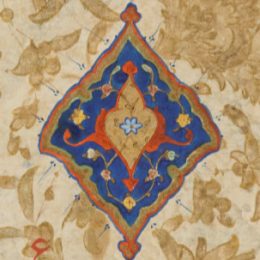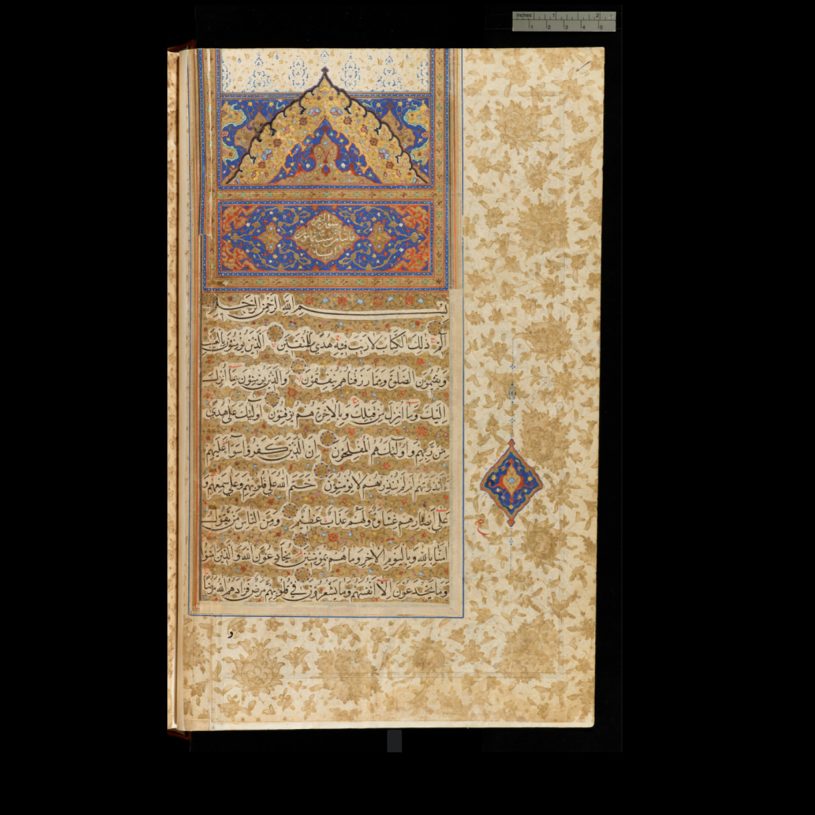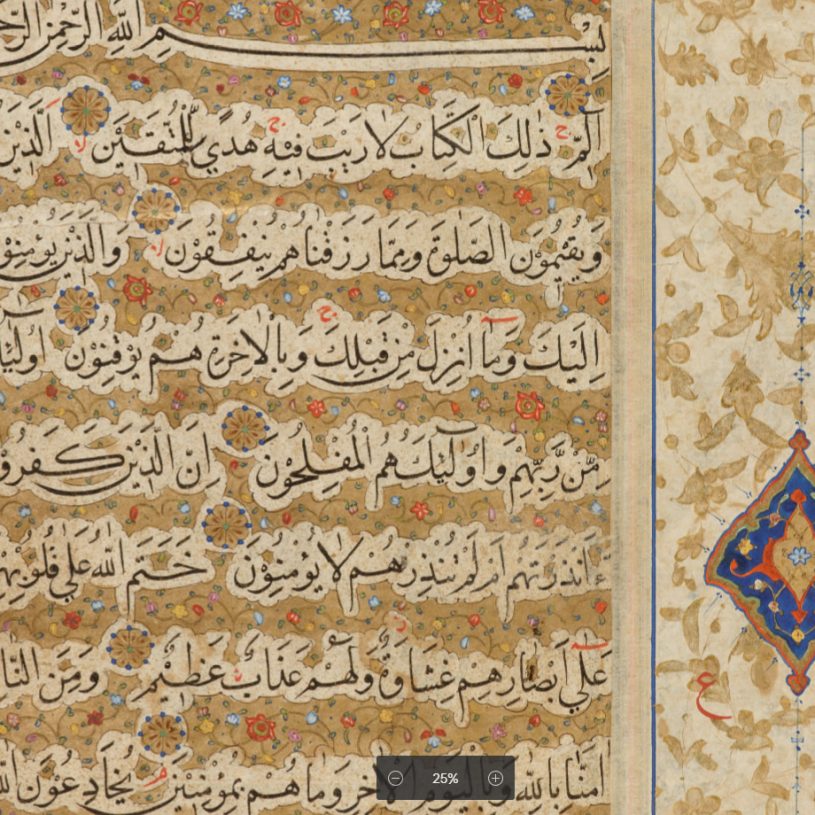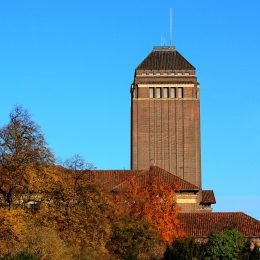Exploring the world of art, history, science and literature. Through Religion

Welcome to TreasureQuest!
Look through the treasures and answer the questions. You’ll collect jewels and for each level reached, earn certificates.
How far will you go?
You need an adult’s permission to join. Or play the game without joining, but you’ll not be able to save your progress.
The Qur’an is the central text of Islam and believed to be a revelation from God to Muhammad, through the angel Gabriel.






Are there links to current religious practices or a modern equivalent?
Copies of the text of the Qur’an, always in Arabic and unchanging in its content, have been produced throughout the Islamic world since the origins of the religion. The style of each individual copy, the style of the script, the decorative details and the materials used, vary according to the local traditions. Qur’ans produced in Indian at this time frequently display very high quality workmanship and skill.

Where is it from, where is it now?

Videos
The Koran
BBC Bitesize – KS2 Religious Education – The Koran
The importance of the Koran
BBC Bitesize – KS2 Religious Education – Islam











 Faculty of Divinity
Faculty of Divinity